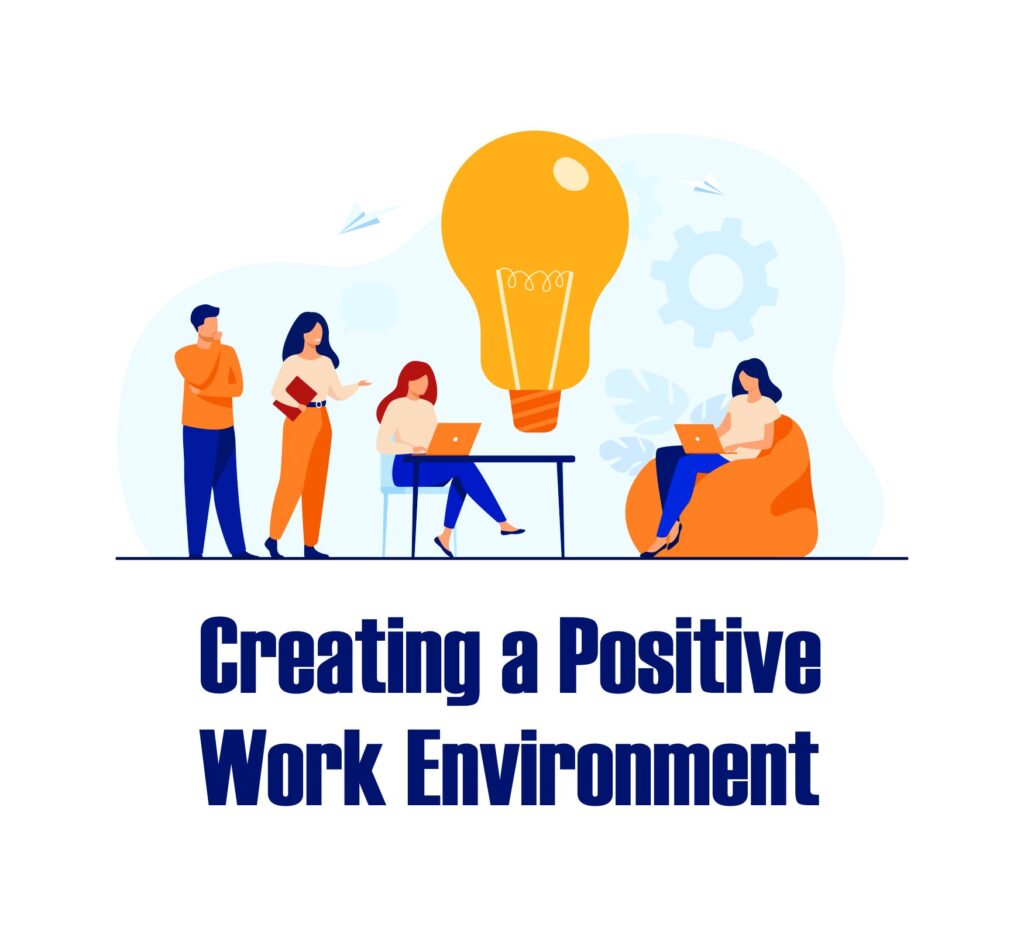Is your workplace inclusive, employee-centered, and collaborative?
One of three things that leaders in 21st-century organizations should focus on is leveraging the power of differences and relationships.
It’s a point that struck a chord with us here at The Capital Group Limited: leaders who can bring diverse people from across their organizations together to create a collaborative work environment are far more likely to find their employees delivering superior performance and results for the organization. The question is, how do you take that approach and implement it throughout an organization? Great leaders can achieve success by leveraging their personal brand and relationship-building power, but your organization can also be optimized to support those efforts.
1: Examine Your Hiring Policies.
Are you attracting a diverse pool of talent to your organization – and also hiring the right people to create that diverse work environment? We are not just referring to gender or ethnic diversity, albeit they are equally important. We are discussing neurodiversity; the diversity of ideas, approaches, and thoughts. It is often easy to fall into the trap of hiring people “like us,” which can be fatal to organizational cultural diversity. It pays to start at the beginning of the employee lifecycle when creating a diverse and collaborative work environment
2: Consider How You Develop Your Employees.
Any organization that aspires to be employee-centric should think about how they develop their employees. Offering coaching or mentoring services sends a clear message to your employees that their well-being and career development are important to you – and, of course, you will reap the benefits of more skilled and talented employees. Even better, adaptive coaching approaches that can be tailored to your employee’s individual needs will help ensure that development is an option for all of your employees and not just a select few.
3: Consider How To Empower People.
Employee development is only one aspect of employee-centricity. It is also critical to assist employees in feeling empowered, not only in their role but also in their relationships throughout your organization. Of course, great leaders will cultivate relationships with their employees that, by definition, empower them to speak up about issues they care deeply about or when they perceive a problem that requires attention. In our experience, organizations can benefit from more holistic training sessions aimed at making people feel like they have a voice and can use it – for example, running sessions on how to have difficult conversations with more senior employees.
4: Think About CEO Education.
True, great leaders are gifted relationship builders – but this ability does not come naturally. The good news is that it is a skill that can be taught, so if your leaders are not natural relationship builders, CEO training or coaching for your senior team can help you reap the benefits across your organization.
Build a great workplace from the ground up.
It is critical to recognize that creating a great workplace requires a collaborative effort. Addressing the issues raised in this blog at the policy level will undoubtedly contribute to the creation of an environment conducive to a thriving, collaborative workplace. Effective leadership is required to help change behaviors and embed new working practices in teams and organizations.
Konrad, A. M. (2006). Leveraging workplace diversity in organizations. Organization Management Journal, 3(3), 164-189.
Talk to us if this sounds like a challenge you cannot handle on your own. Unlike other management consultancy firms in Ghana, The Capital Group Limited has a team that has real-world experience in solving the challenges you are facing. This means we are perfectly placed to offer advice and lend a hand if you need it. For more information, visit or call us on 0302674697/0303944816/0577681933 or email us at info@capitalgroupghana.com

